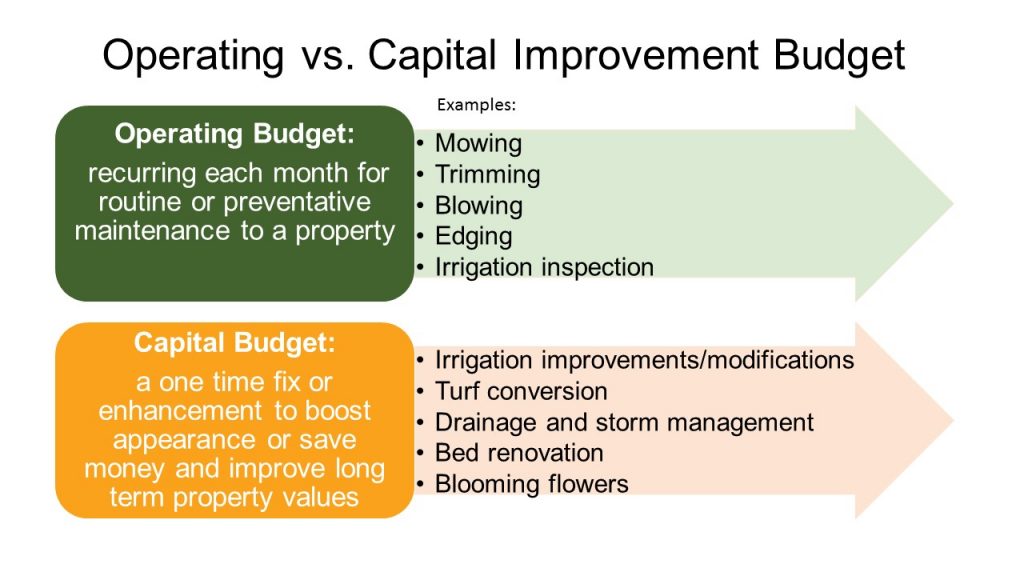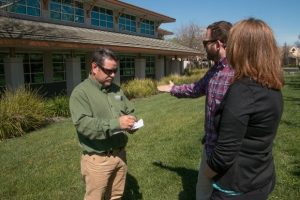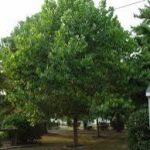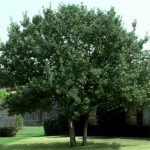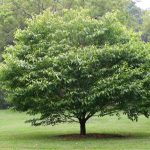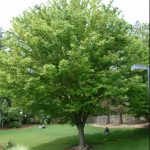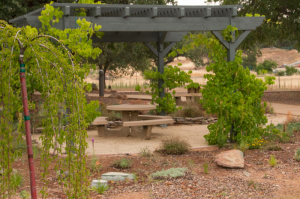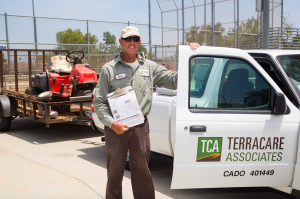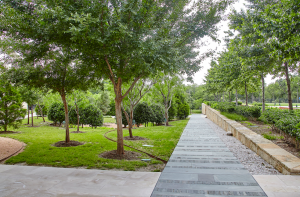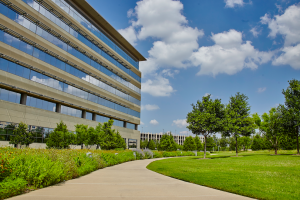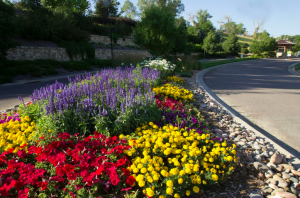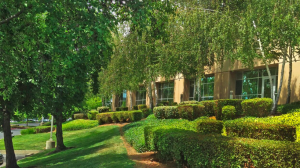Part 2
- 4 Smart tips to start a Commercial Landscape Budget – It’s SWOT (August 8)
- Evaluate and Prioritize your Landscape Projects (August 15)
- Simple Steps to Finalize your Commercial Landscape 2018 Budget (this issue)
- Last Minute Checklist for your Landscape Maintenance Services (August 29)
- Quick Landscape Enhancement Projects to do this Fall(September 5)
Where to Start
Now that you have considered the SWOT (Strengths, Weaknesses, Opportunities and Threats) of your property, this is a great time to decide where your projects fit into your budget. In addition, phasing and scheduling out when each project will occur will help ease and relax your budgeting season. Most importantly, you have a plan for all of your property’s landscape needs.
Determining Your Costs
As a property manager or owner, you almost certainly are assessing costs, but how do you identify projects, prioritize and offer continual improvements to the surrounding landscape? To simplify, let’s break it down into two distinct budgets.
Why is this important? Because some property managers and owners may think adding one installation or simply performing monthly maintenance is enough. In reality, it is a combination of regular maintenance and planned upgrades that keep your property in pristine condition. It’s not in the best interest for your property to just submit the same budget as last year. In the end, carefully reviewing the operating and capital budget with your landscape service company will minimize urgent repairs, protect precious resources and be cost effective.
3-Year Plan
Think long term. We recognize budgets are limited and most properties have multiple goals for improvements. It can be over-whelming and sometimes seem impossible to get all of the projects complete in one year. Here is where you can get the advice from your commercial landscape maintenance provider on phasing and scheduling out projects:
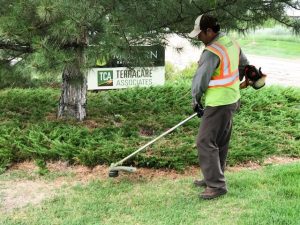 This year – what are some quick fixes you have money to support this year? Is it mulch to spruce up an entrance, fall flowers to plant in planters or additional lawn care for healthy turf. Consider starting some improvement projects now.
This year – what are some quick fixes you have money to support this year? Is it mulch to spruce up an entrance, fall flowers to plant in planters or additional lawn care for healthy turf. Consider starting some improvement projects now.- The first year is geared toward general maintenance improvements. Improvements may include additional lawn care treatments, plant health care needs, comprehensive pruning and trimming beyond monthly maintenance requirements. This year may be a good time to begin large multi-year projects with phases.
- The second year is focused on enhancements and major repairs or upgrades. This may include, irrigation repairs, plant and tree replacement, and drainage upgrades.
- The third year is focused on multi- year project completions and may include, water conservation strategies or drought tolerant plantings.
Whether you are clear about the commercial property landscape goals or you need help to define a plan, take a moment, and schedule a consultation with your Account Manager at Terracare. It’s worth the time!

